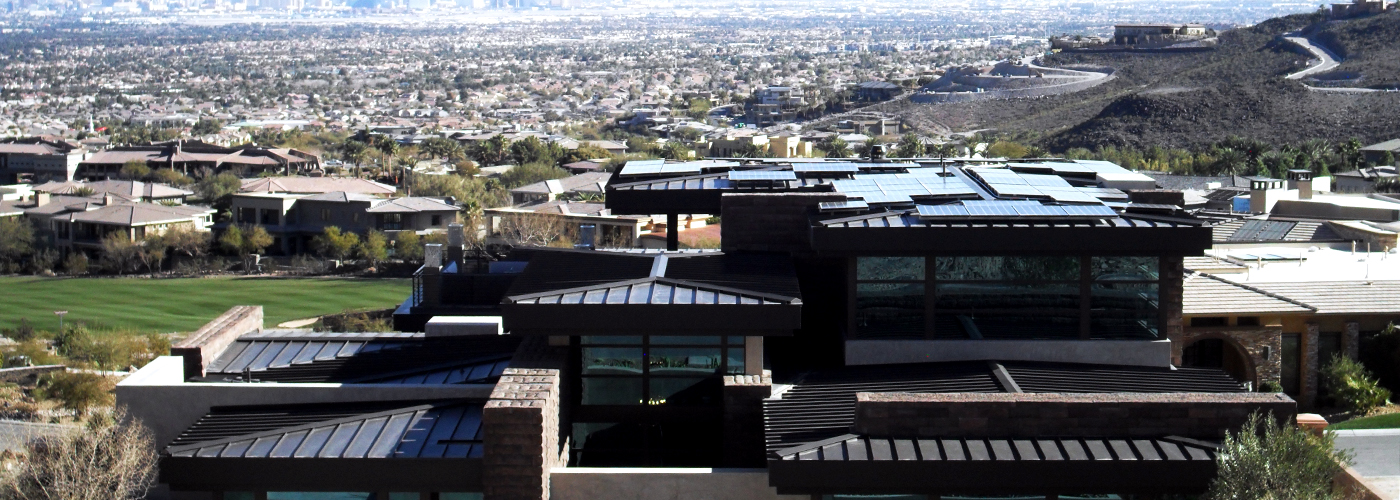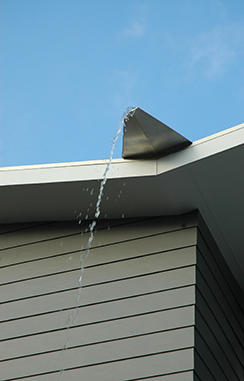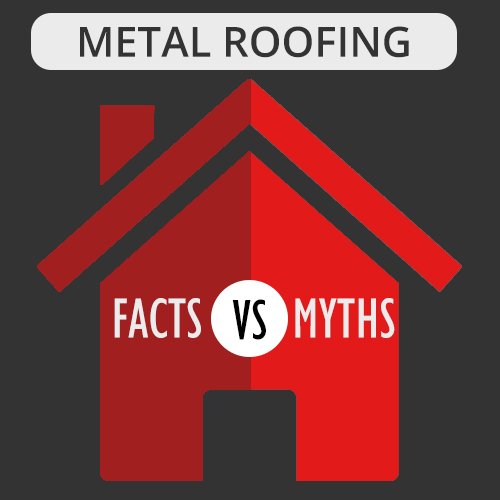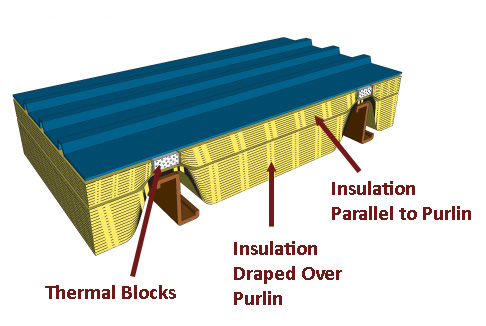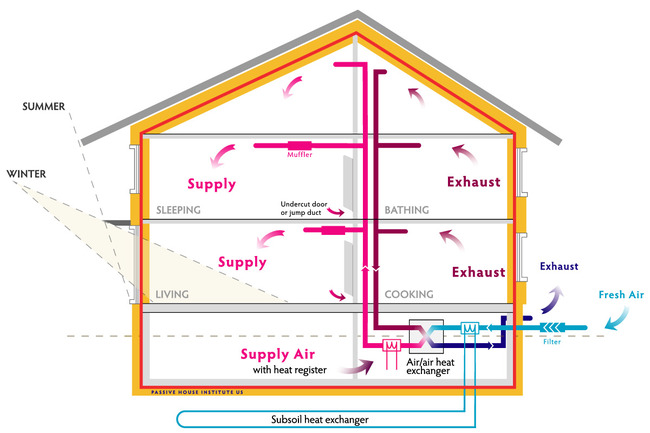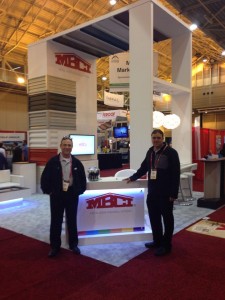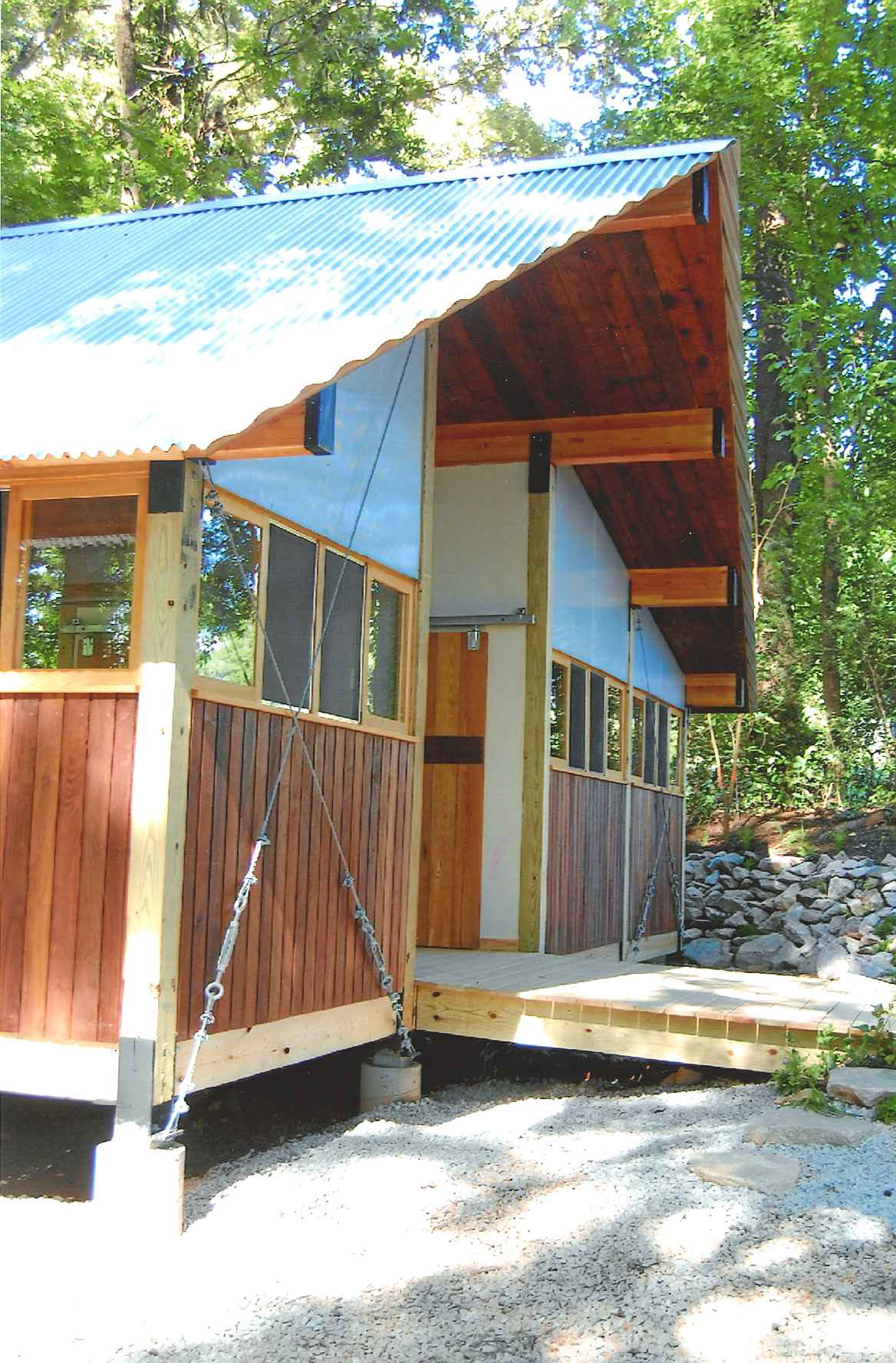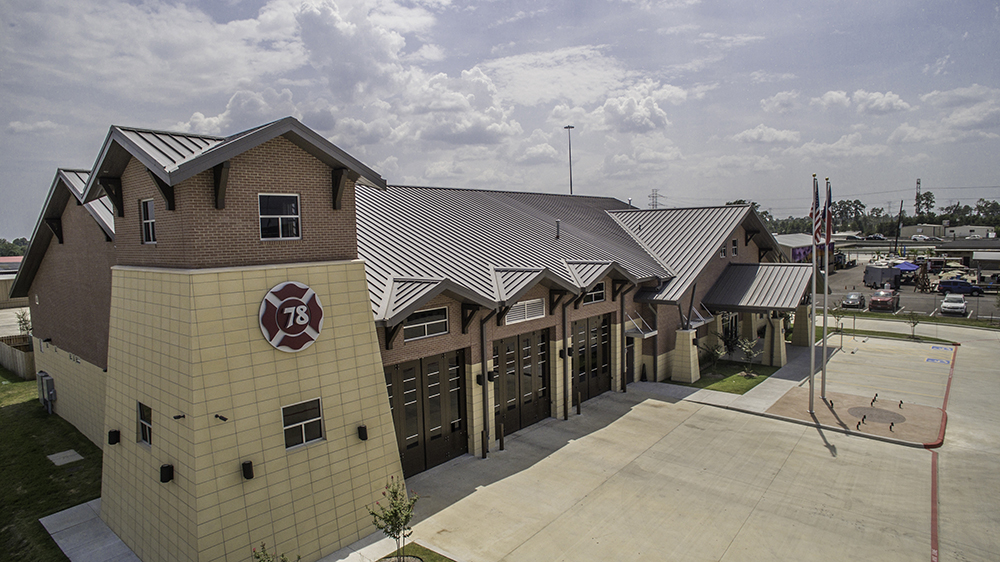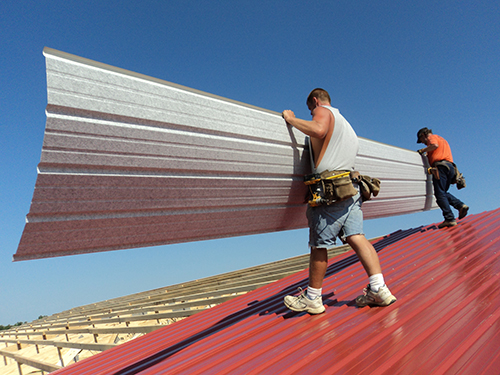Think back to your first time picking up a hammer on a jobsite. How many times did you need to strike a nail before you drove it home? Better yet, how many nails did you bend or break in the process? There had to have been some point when you looked up and saw how smoothly and quickly others on the job were able to do this most basic of tasks, and you wondered, “Will I ever be as good?”
The answer was, of course, “Yes, with practice.”
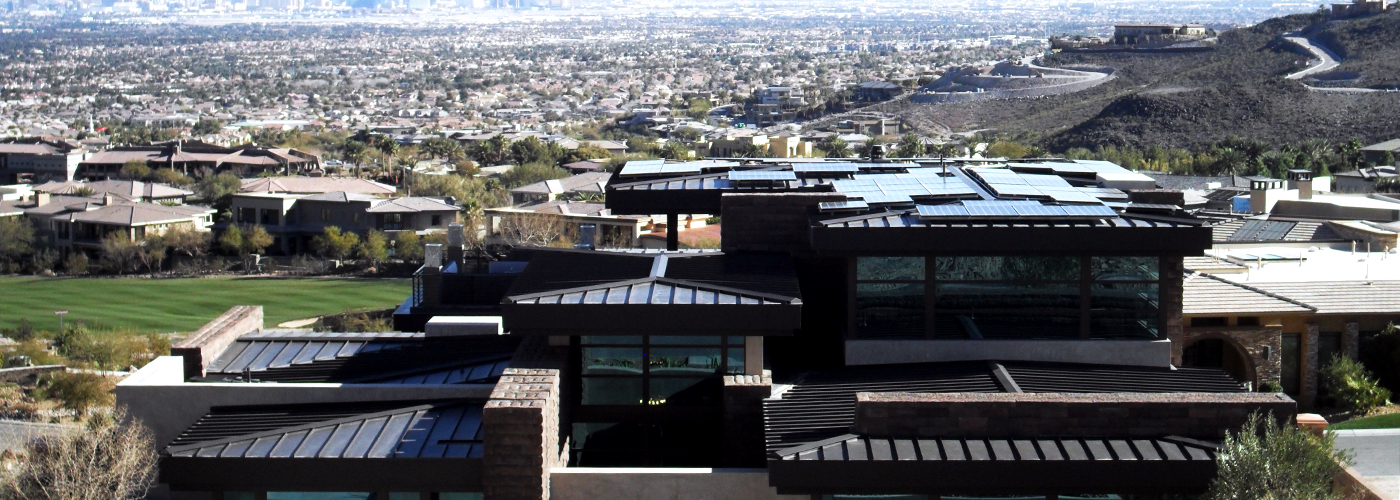 The New American Home achieved Emerald status – which is the highest levels of green building achievement recognized by the ICC 700 National Green Building Standard. Find out more by reading the case study.
The New American Home achieved Emerald status – which is the highest levels of green building achievement recognized by the ICC 700 National Green Building Standard. Find out more by reading the case study.
It’s rare when someone takes to a task on their first try like they’ve been doing it for years. This is true of hammering nails; sports; fishing; playing an instrument, and many other things. It’s even true when it comes to sustainable construction.
The concept of sustainability, in the construction world, falls under the “building science” category. A number of other topics, like HVAC systems, enclosure systems (the envelope), and indoor air quality also fall under that category. It’s worth noting that many of those other topics, sometimes alone but typically together, fall under the umbrella of sustainability.
With so many disciplines involved in “sustainability,” one small tweak can affect the entire system. For example, a 30,000-square-foot office building with an energy-efficient wall-and-roof system might be able to specify a mechanical system smaller than what’s typical of a building that size because the more energy-efficient envelope better preserves the conditioned air. And sustainable construction is chock-full of nuances like those.
Because there’s so much to consider, having the answers to all the questions that could come up can be tough. As with anything, it pays to have experience, but even the most experienced contractor sometimes needs help. Thankfully, resources exist that those new to sustainability, and seasoned veterans alike, can turn to for guidance.
How Manufacturers Can Help
Product manufacturers want to ensure that projects using their products succeed and that their products perform as expected. Manufacturers offer training sessions, continuing education, installation and technical manuals, and expert consultants to help ensure that contractors properly use and install their systems. Inexperience can lead to improper product selection and installation, which, in the mind of the client, can have a negative impact on the manufacturer as well as the contractor. And the microscope on how well a building actually performs compared to the initial claims is even greater on sustainable projects.
Rating Systems to Follow
While these organizations primarily serve to help users develop projects that conform to their particular brand of “green,” sites for USGBC’s LEED program, the GBI’s Green Globes program, the Passive House Institute U.S., the International Living Future Institute, and the EPA’s ENERGY STAR® program all offer valuable insight regarding different philosophies behind building sustainably. Additionally, these sources can be helpful in achieving the project’s goals of achieving one or more of these certifications if the client has informed the project team in advance.
Associations to Reference
This broad number of groups is probably best pared down by focusing on the relevant aspect of the project. For example, contractors should consider consulting the Metal Construction Association as a safe bet when dealing with metal—obviously. But you might not be aware that organizations, like the Associated Builders and Contractors (ABC), provide an entire website for helping contractors interested in sustainable construction. These websites offer a number of tools and resources to help people like you.
The information you need to succeed is out there. Thankfully, unlike decades ago, that information can most likely be found without too much legwork. All it takes is knowing a few key places to start. The rest is up to you.
